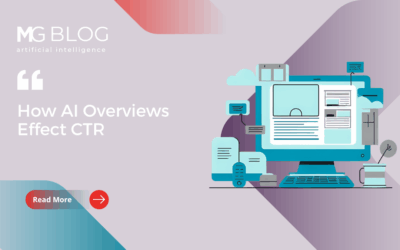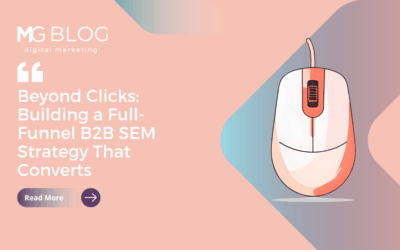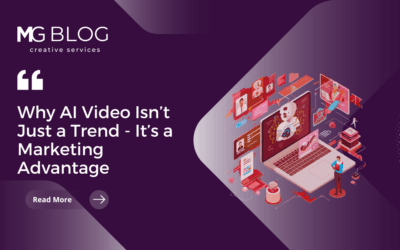 Internet of Things (IoT) has already begun to transform the way governments operate, but some agencies are further along than others.
Internet of Things (IoT) has already begun to transform the way governments operate, but some agencies are further along than others.
A recent GovLoop survey of 800 public sector workers found that 49 percent had never heard of IoT, 15 percent weren’t sure what it meant, and only a small percentage indicated that their organization or agency was actually exploring or currently using IoT. So there’s still some education that needs to take place, but the pockets of success are already rolling in.
The DoD has been leading the charge on innovative uses of sensors and connected devices to meet its mission, and state and local governments are embracing IoT technologies to create “smart cities.” Let’s take a look at how IoT is driving efficiencies and better decision-making across these two sectors and how companies can position themselves for success as IoT evolves.
Smart Cities
Cisco reports that 60 percent of the global population will be residing in cities by the year 2050 – that’s a lot of pressure on our urban infrastructure. IoT will be critical to ensuring that these expanding metropolitan areas are able to meet citizen needs across water, safety, energy, traffic, and maybe most importantly – sewage!
Water and sewage disposal are obviously serious concerns for state and local leaders, not only from a health perspective but because of the energy required to process clean water and dispose of waste. Some cities have turned to IoT to conserve energy and reduce costs in these areas. For instance, in Breda, Netherlands, sensors in the city’s water and sewage plants deliver real-time visibility into water flow and energy consumption, helping the city adjust pumping functions to optimize delivery and conserve resources. IBM is talking about cloud-based solutions that give a crystal clear picture of infrastructure to not only conserve water, but to measure pH levels, salinity and other levels to achieve cleaner water.
In the US, California is leaning on IoT to tackle drought challenges, helping irrigation controllers save over 180 million gallons of water during a trial period. Santa Clarita City is using IoT technologies to measure and track precipitation, land slope, and sun exposure in order to maximize the use of irrigation equipment. This type of solutions not only saves water, but it’s estimated to save CA taxpayers up to $18,000 annually per acre.
IoT and Lighting
Intelligent street lighting is another way cities can use IoT to improve energy efficiency, as well as quality of life for residents. LED bulbs save energy, and what Photonics calls “An Internet of Lights” can connect these smart lights via a digital network to control where and when streetlights should be activated. Sensors transmit data regarding temperature of components, whether a light has been damaged, and more. Copenhagen is using smart lighting to improve environmental sustainability while using sensors to control traffic lights patterns and brightness based on traffic flow analysis.
In addition to energy sustainability, cities should look to IoT solutions to improve everyone’s favorite aspect of city life – traffic and parking! Think of the frustration savings.
The DoD Loves IoT
The DoD is also at the forefront of the IoT revolution, leveraging sensors to collect and analyze data to keep troops safe, make better decisions on resource allocation, and save money.
Aircraft, submarines, and Jeeps have been transformed from merely vehicles into information gathering machines that deliver intelligence from the battlefield. During missions these assets are sending real-time intelligence on performance metrics (speed, ammunition use, etc.) that allows military leaders to make more informed decisions on resource allocation.
The DoD is also working with technology specialists to identify IoT applications for base facilities like food and supply restocking, light upgrades, logistics and transportation – all to improve the quality of life for our service men and women.
The IoT possibilities in the public sector are endless, and the next critical step is educating government leaders on what’s possible.
To learn more about how to explain IoT solutions to the public sector, contact us today.
Download our free IoT Marketing Strategies eBook, 7 Marketing Strategies for Cutting Through the IoT Noise, to learn how you can build your company’s market share in a cluttered market.
{{cta(‘0f652e5b-2115-4289-8537-b9c871b1e7af’)}}



